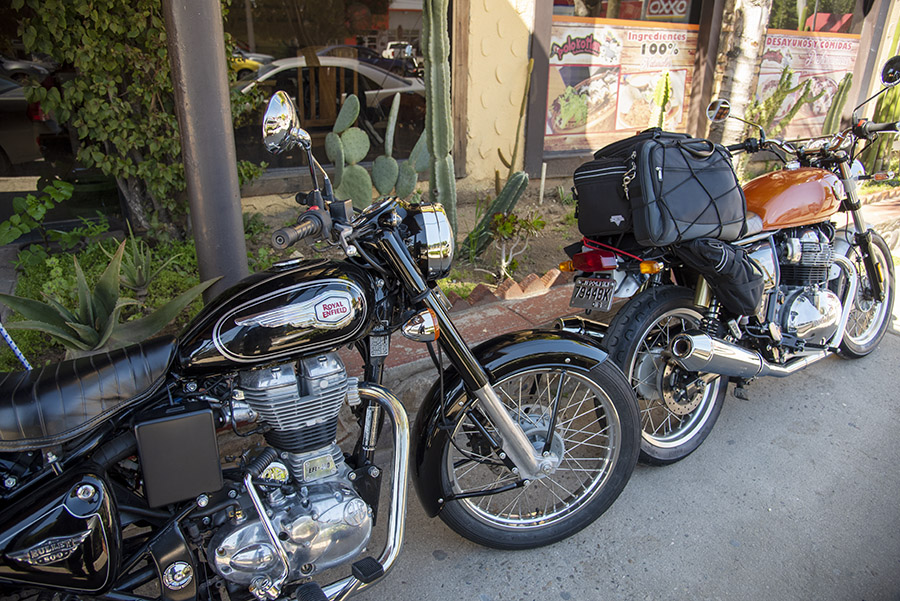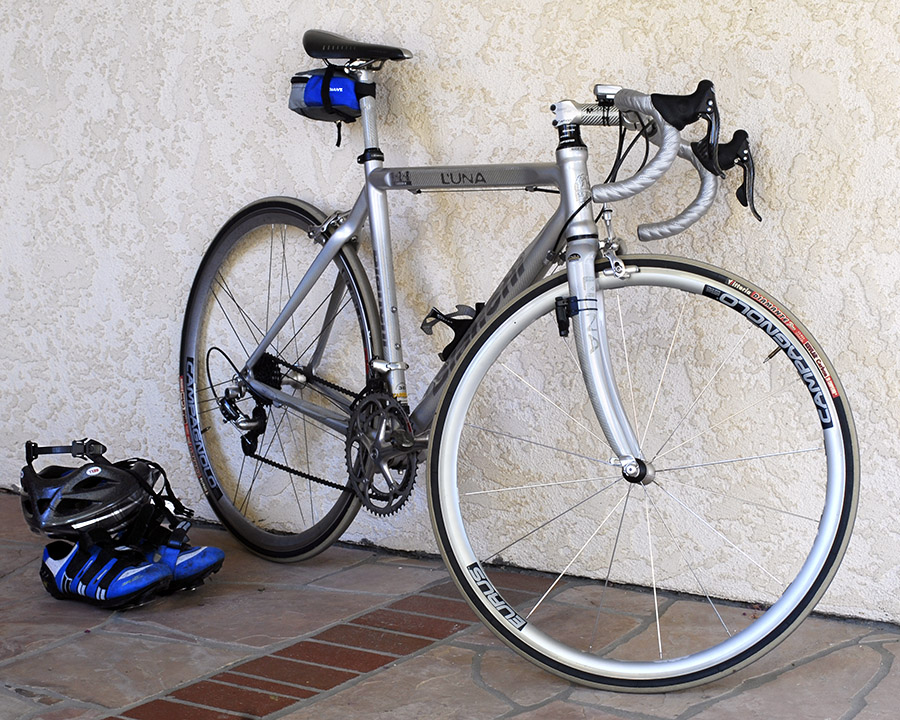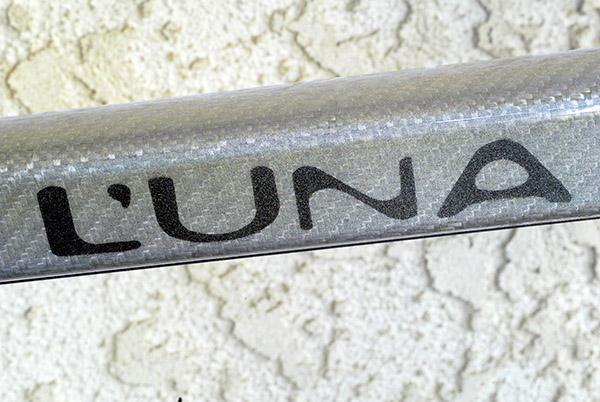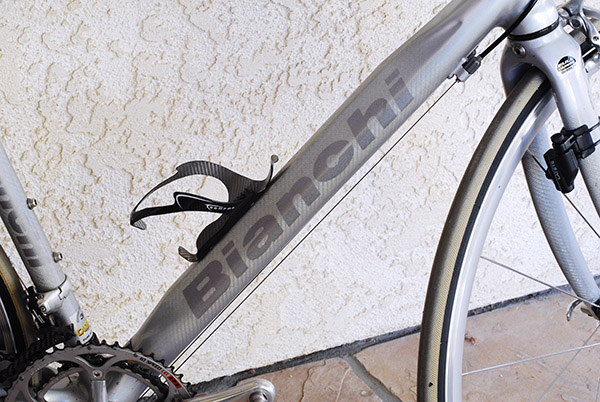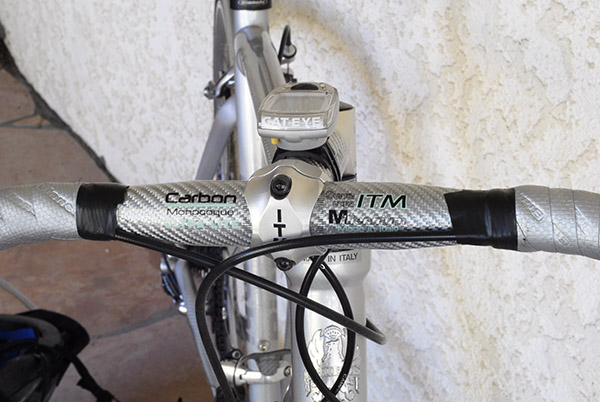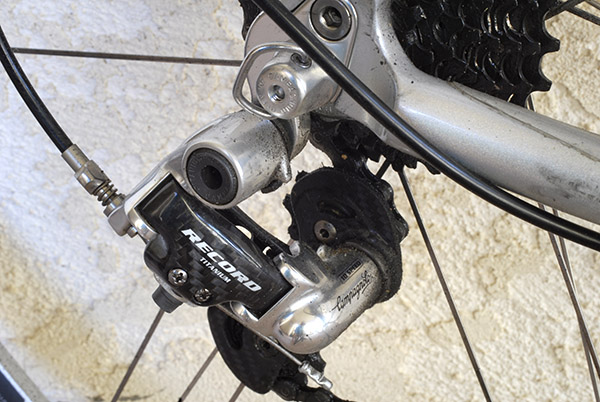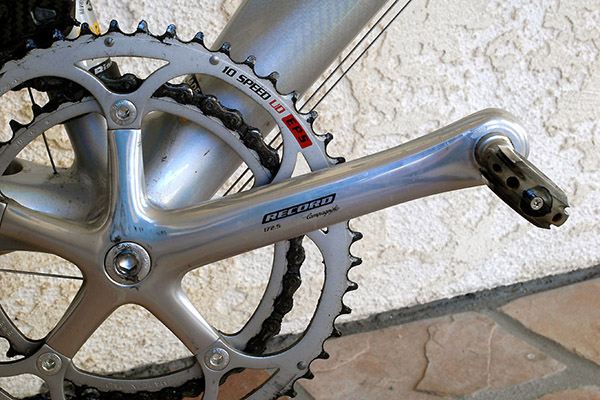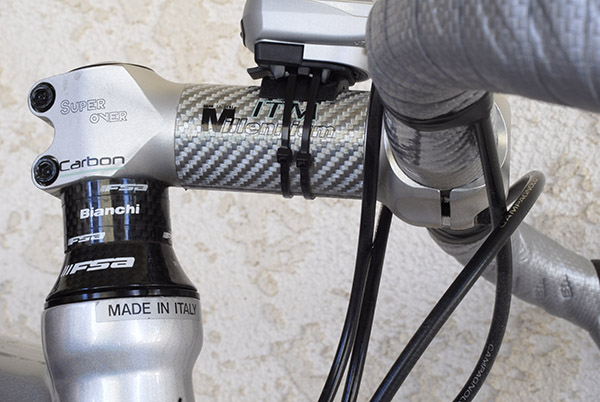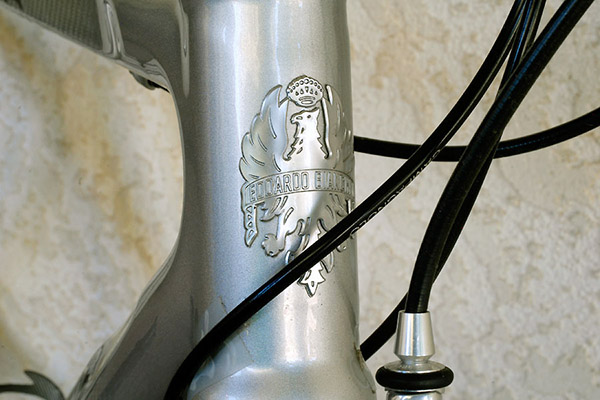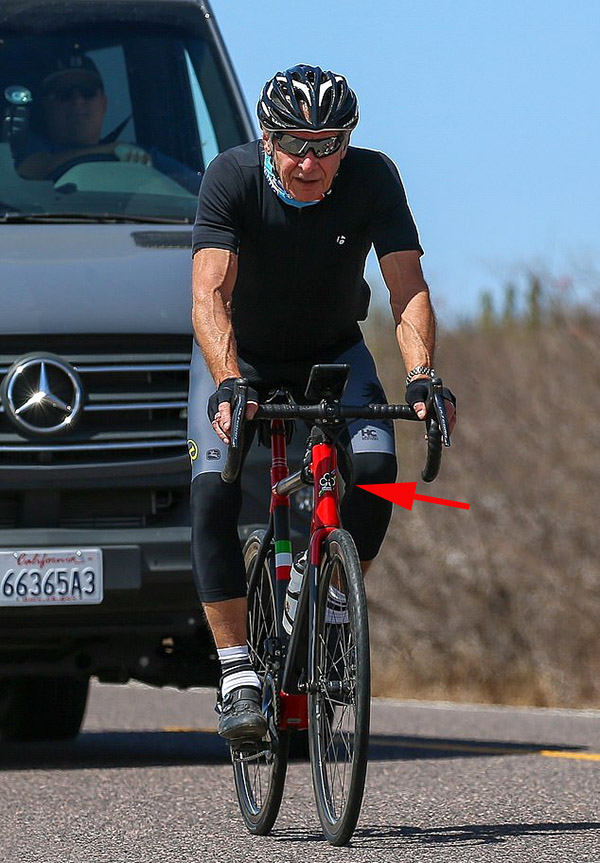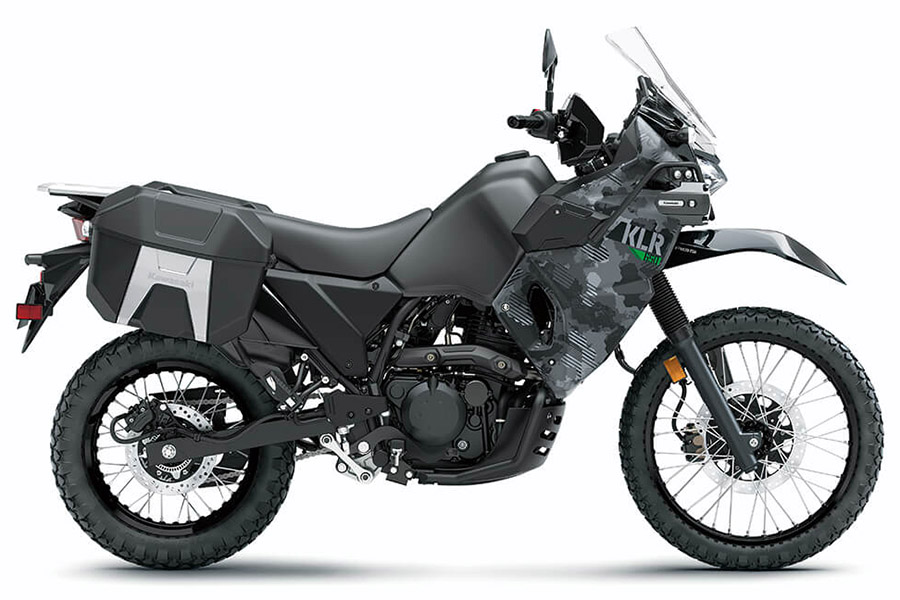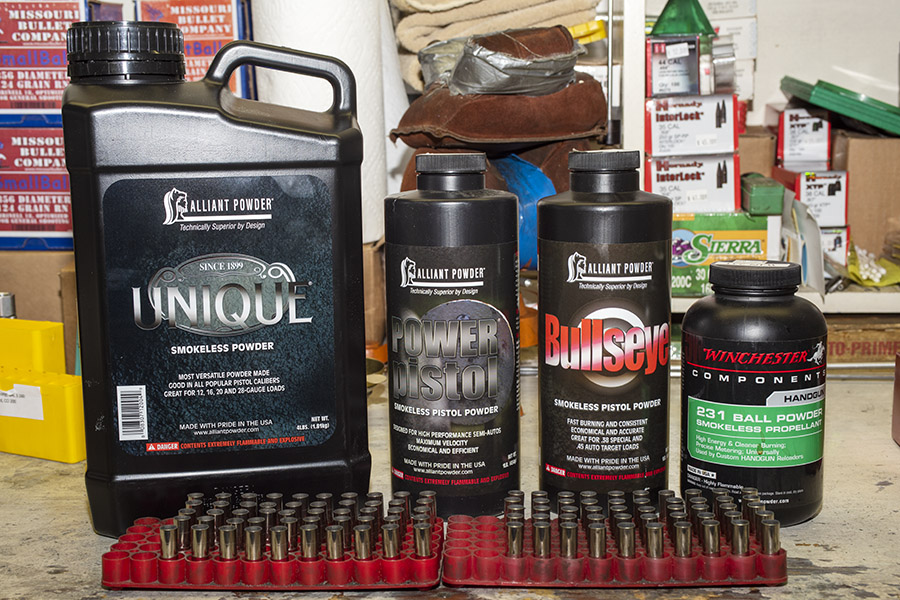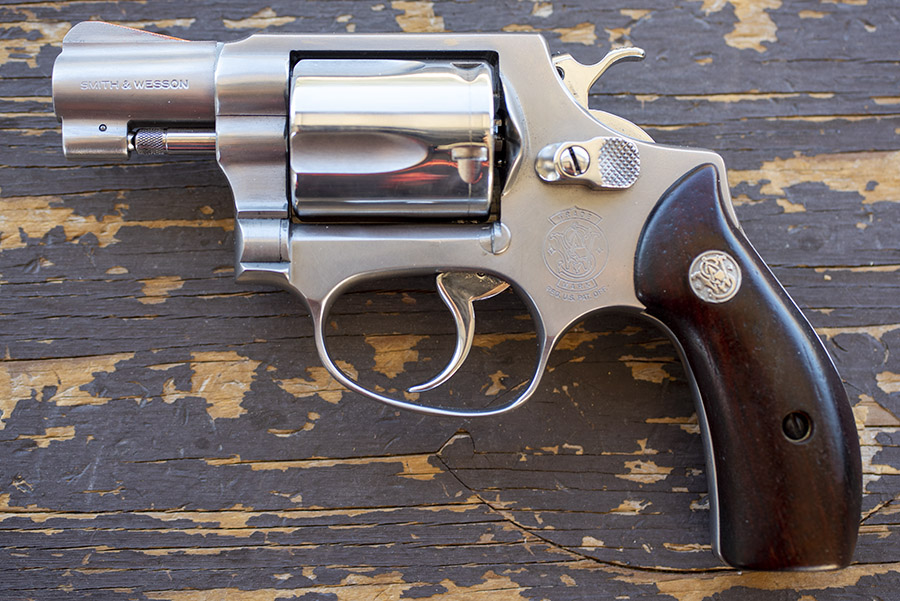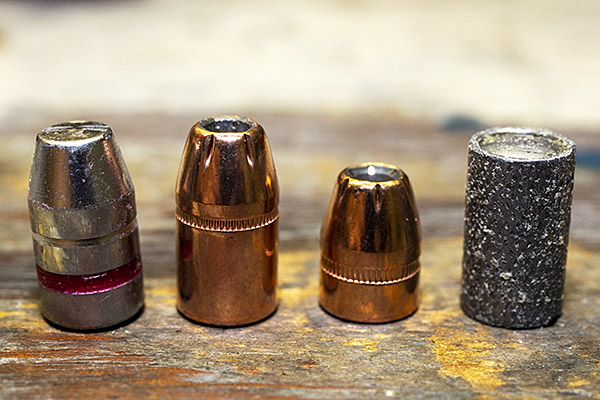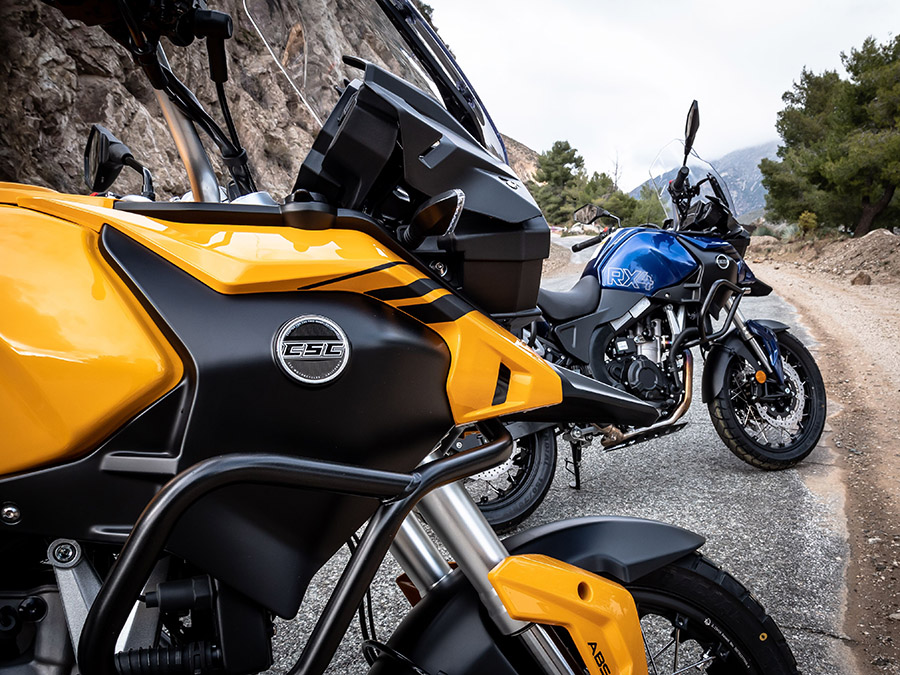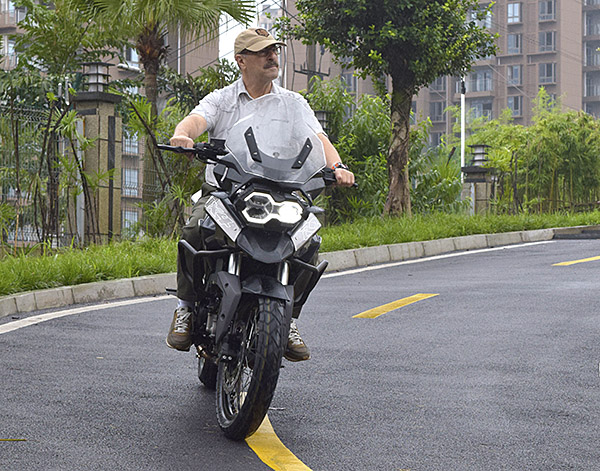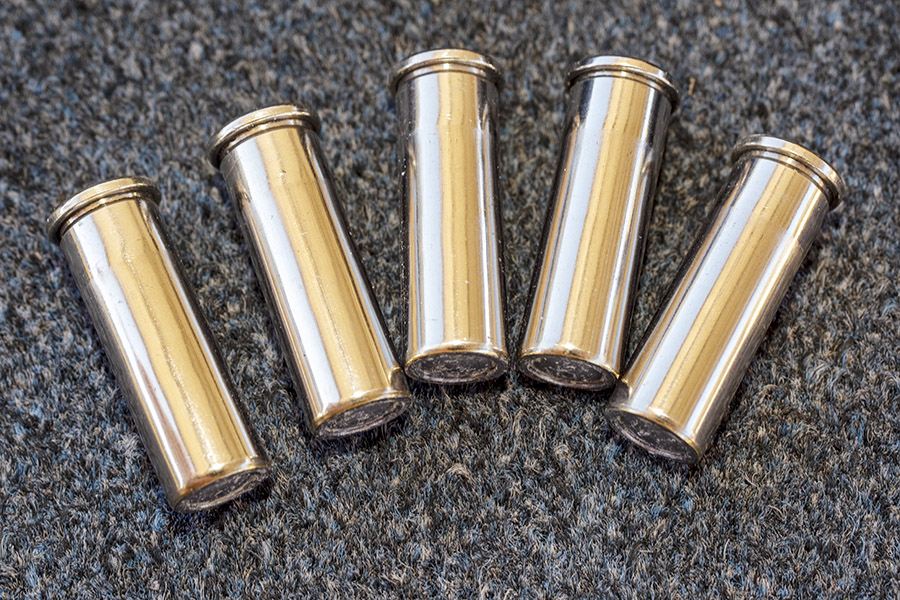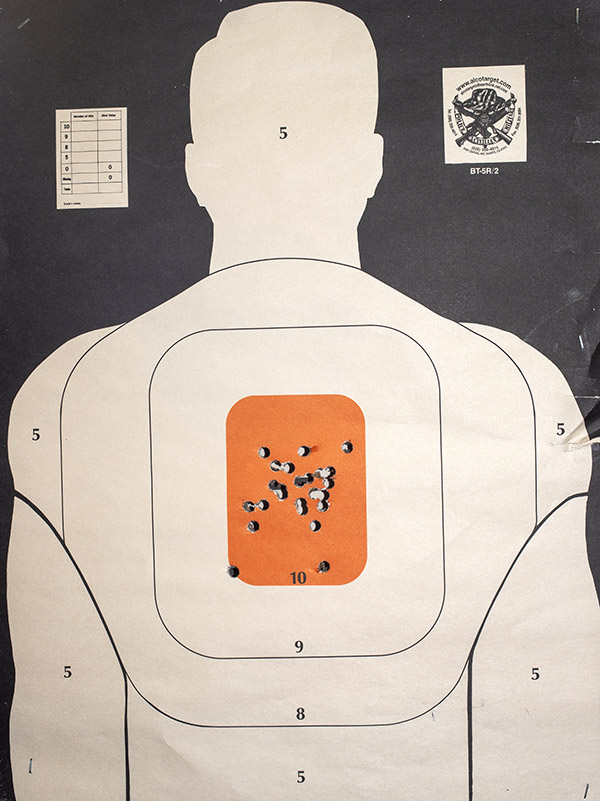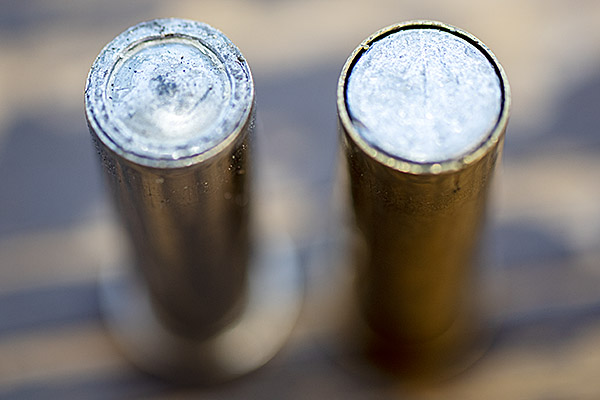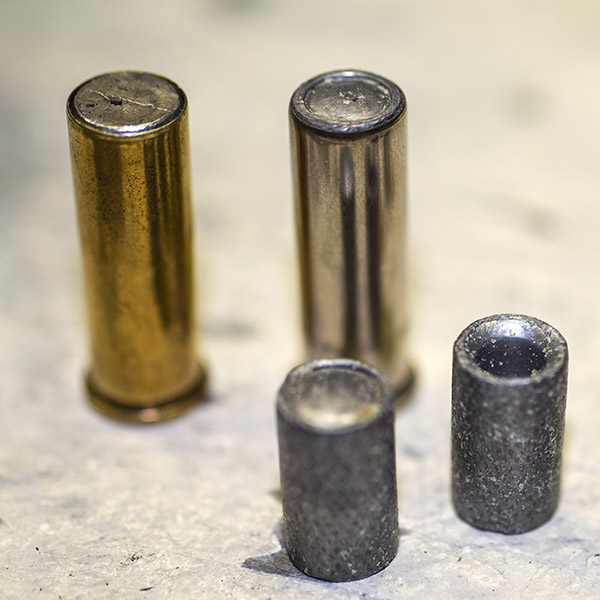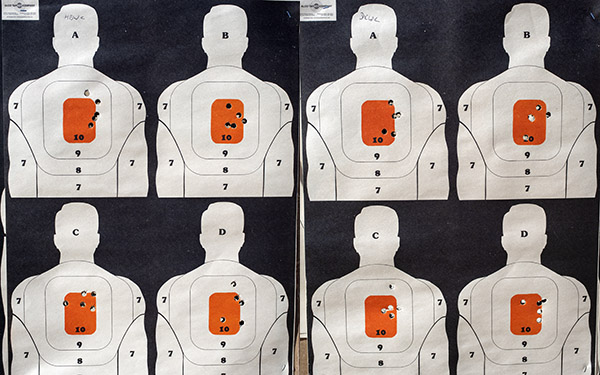Tecate, not ordinarily a tourist destination, is more than just an entry point into Baja. This little town has a lot to offer, and when I stay there, I usually opt for the Hotel Hacienda. The Hacienda is easy to get to, it’s comfortable, it’s inexpensive, and it’s next door to one of the best restaurants in all of Tecate.

As the map above indicates, the Hacienda is easy to get to. You just go south into Mexico about two blocks after crossing the border, hang a right to head west on Avenida Benito Juarez, and ride about a mile. The Hacienda will be on your right.
The Hacienda isn’t fancy, but it’s comfortable and clean, and the parking is secure (you park in a courtyard and you won’t have to worry about your motorcycle). The last time I was there, a room was about $35, and they always have hot coffee available in the oficina. What’s great about the Hacienda is that Malinalli’s is next door. Malinalli’s is absolutely one of the best ever for breakfast, lunch, or dinner. I’ll tell you more about Malinalli’s in a minute.

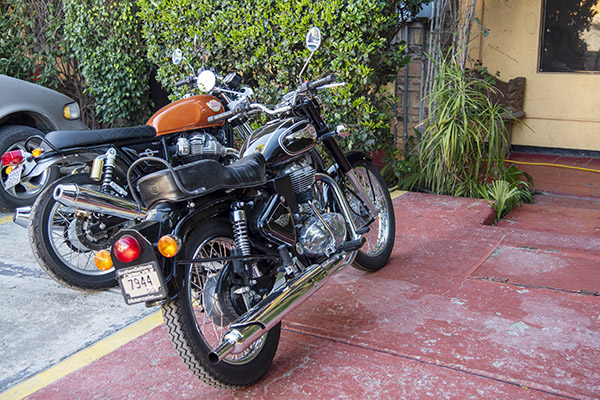
Tecate is home to the beer company of the same name, and most folks think of Tecate as a gritty industrial town. Trust me on this: There’s a lot more to Tecate than just a beer company.
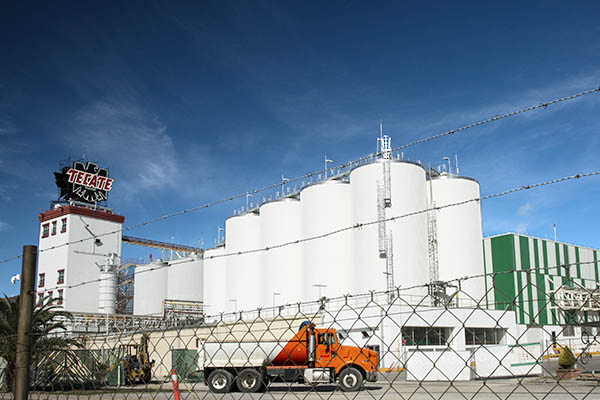
On the U.S. side, Tecate is not much more than the U.S. Customs and Immigration station; on the Mexican side, Tecate (population 102,000) is a much larger and far more intriguing place. Founded in 1892, Tecate’s history reaches back 12,000 years when the region was settled by the Kumeyaay Native Americans who still inhabit the area.
Getting to Tecate is a beautiful ride in itself. California SR 94 winds its way through the mountains just north of the border. Roughly 25 miles east of where 94 originates near San Diego, take a right on 2-mile-long SR 188 and you’re there. There’s a sign warning you not to bring guns into Mexico (duh), and suddenly, you’re crossing the border. There are no Mexican officials or inspections as you enter; you just ride right in. You can do that going south; don’t try it going north.
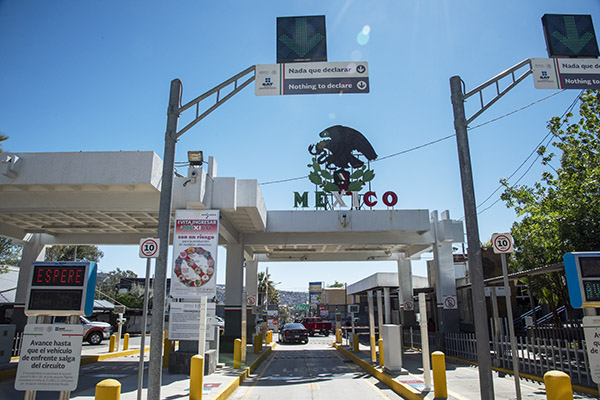

Even if your plans are for a longer and deeper Baja visit, my advice is to spend at least one night in Tecate and enjoy the town’s best kept secret, which is the cuisine. Two restaurants that stand out are Amores for dinner and Malinalli Sabores Autóctonos for breakfast, lunch, or dinner.
Malinalli Sabores Autóctonos, right next to the Hotel Hacienda, has exquisite regional Mexican recipes, all prepared with fresh ingredients. Don’t think salsa and chips; this is the real deal and the cuisine is both exceptional and inexpensive. When Gresh and I did the Enfield trip a couple of years ago, we parked our bikes directly in front of Malinalli’s (as you can see in the big photo at the top of this blog) and we ate there both on the way into Mexico and on the way. Sue loves this place, too.

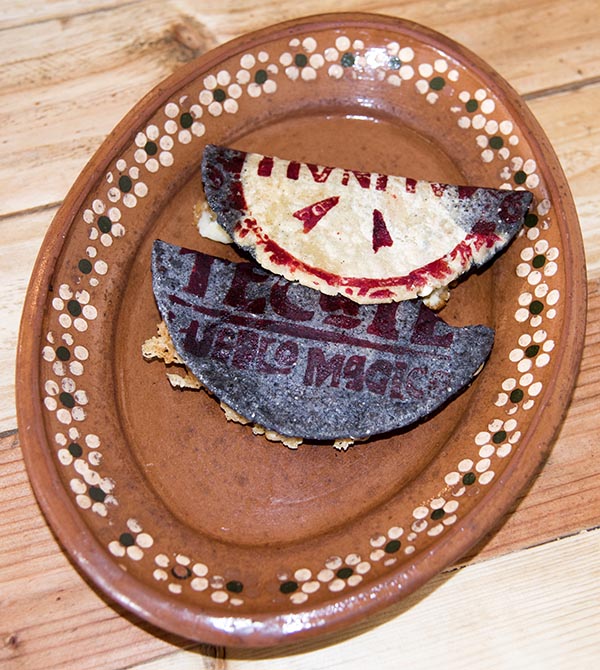
Amores, nestled between the central plaza and the Tecate brewery, features local foods and wines. It’s a dinner spot, it’s what you might call haute cuisine, and it is absolutely outstanding. It’s prices are higher than what you might ordinarily encounter in Tecate, but it’s still inexpensive by US standards. They offer a choice of how many courses you might have for dinner, but the choices are what the staff feels like cooking that day. You won’t be disappointed; this is a memorable dining experience.


If your tastes run to simpler dining experiences, Tecate has you covered there, too. There are numerous taco stands along Benito Juarez, and if there’s a bad one, I haven’t found it yet. Watching the chefs prepare tacos is a treat unto itself, and they are absolutely delicious.
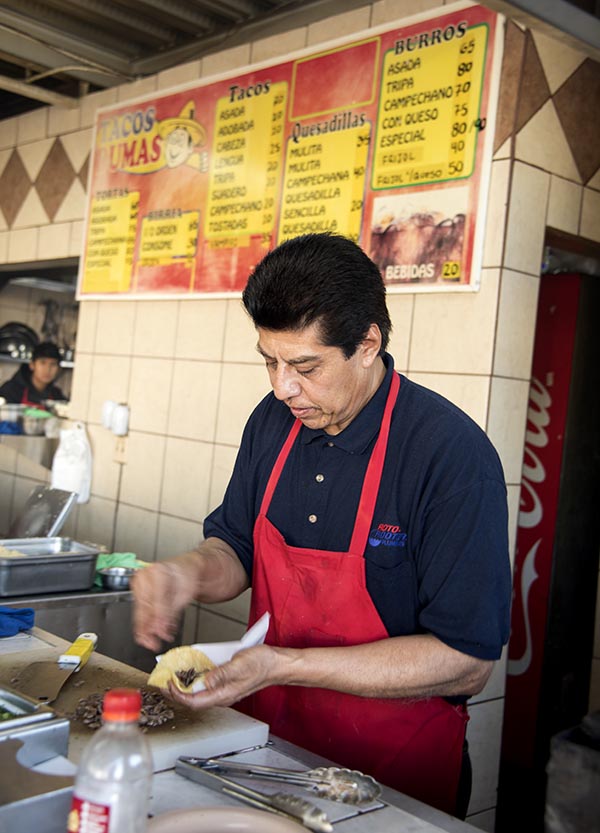

I usually try to work my Baja visits such that Tecate is my point of entry and my point of exit. I like staying in the Hotel Hacienda and enjoying what Tecate has to offer, and bookending a Baja visit with a stay in this cool little town always works well for me.
Want to see more about our travels in Baja? Check out our Baja and Epic Rides pages!
If you’re headed into Baja, make sure you insure with BajaBound Insurance. It’s the best!

The best budget bikes for Baja? You might be surprised!
Never miss an ExNotes blog!
Read about our other favorite hotels in Baja!
Santa Rosalia’s Frances Hotel
Mulege’s Historico Las Casitas
Bahia San Quintin’s Old Mill

